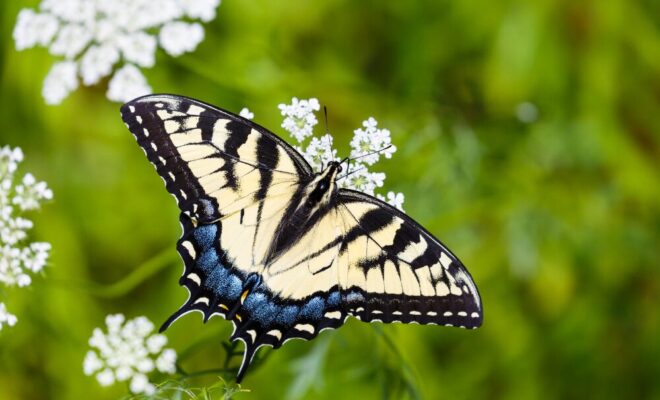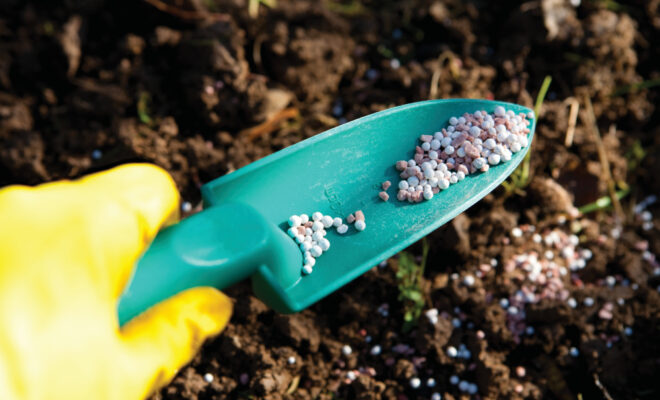
You’ve seen the plant tags protruding from the soil in pots of perennials and annuals with a darkened circle or half circle. That’s a quick reference indicating that plant needs shade or half shade, respectively. So, you ask, what constitutes shade?
There are four categories of shade, determined by the amount of time without direct sun plus the density of the shade in an area. They are light shade, partial shade, full shade and dense shade.
Light shade exists where trees account for 25 percent of the canopy, and plants receive five to 10 hours of sun. In the home landscape, this generally exists just under the drip line of trees (the outermost extension of the canopy).
Partial shade occurs when the canopy is 50 percent, the plants receive less than five hours of sun and are shaded for at least half a day. Typically, this occurs in a yard with trees and where a house shades the garden for part of the day.
A full shade garden receives less than one hour of direct sun, although filtered light occasionally may be present. This could be under a dense deciduous tree, close to the trunk.
Finally, deep shade occurs where the sun doesn’t reach the ground, such as in a coniferous forest or in a yard where structures such as walls and overhangs block out the sun.
Another factor is the strength of the sun’s rays. This differs with time of day and time of year. A couple hours of daybreak sun are not as intense as early afternoon sun. Often, plants, usually shrubs, that require partial shade need it in the afternoon. This can be achieved by planting them on the east side of a house or established trees.
Leaf shape and size differ in shade plants, compared to full-sun plants. Shade leaves generally are broad and thin like a hosta’s. Ferns, another shade lover, have broad leaves designed to allow for reduced wind resistance. Broad, thin leaves have only one layer of palisade cells, which are photosynthetic and rich in chlorophyll. In contrast, full-sun leaves tend to be small and thick because they have multiple layers of palisade cells. This allows the stronger sun to go deep into the plant without burning it. The smaller surface area loses less water but still can produce the needed energy that broad-leafed shade plants do.
The thin palisade layer can easily fail, as gardeners discover when they suddenly lose a tree sheltering a shade garden. The now-exposed plants quickly burn in full sun. Over time, some may adapt, but many must be moved back into a shady environment.
Knowing the gradations of shade will help you match plants to your growing conditions.





Really love the online,but, a little old fashion on recipes. Do you ever have a recipe book avalible?